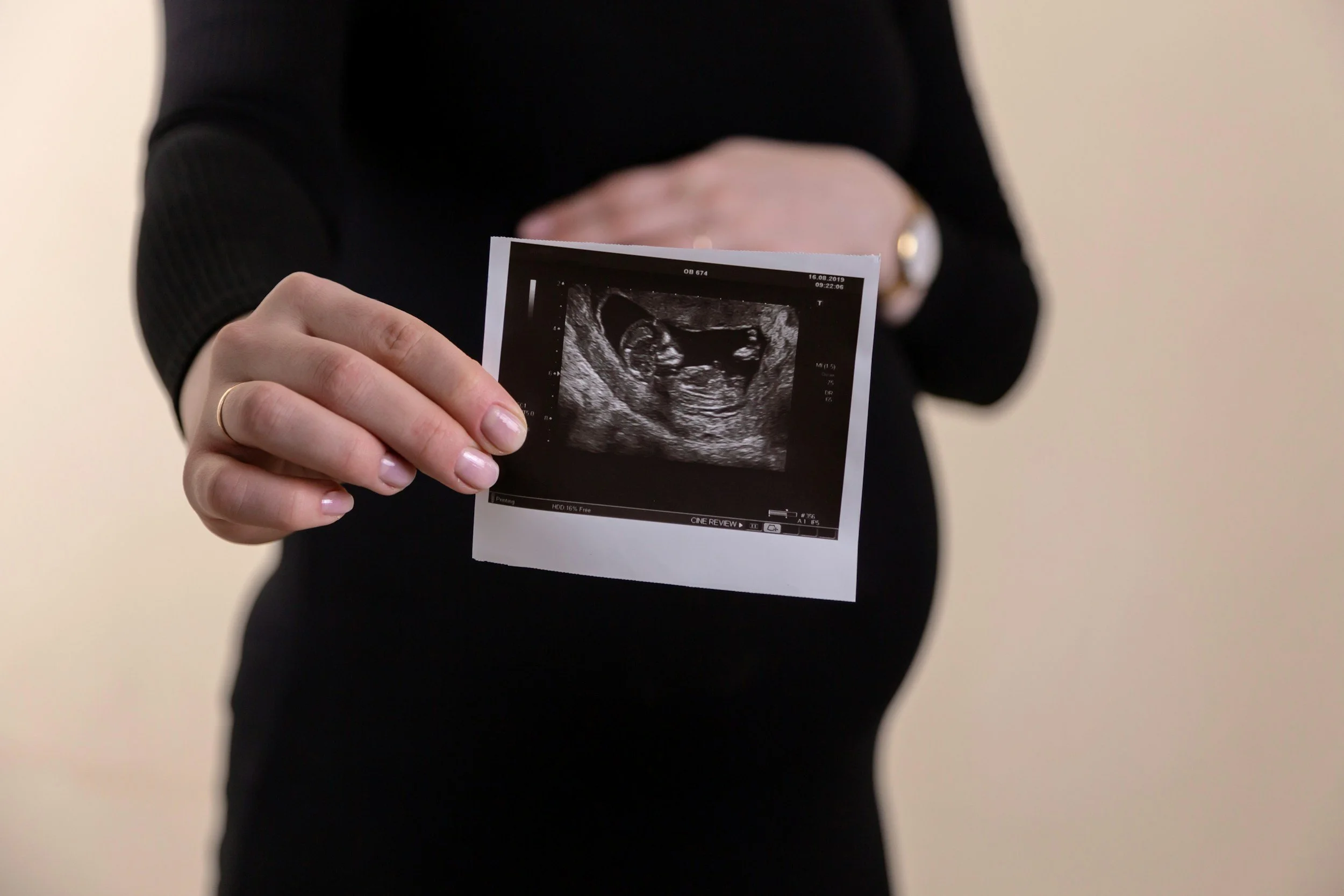Craniosacral Therapy for Conception + Pregnancy
Discover CranioSacral Therapy For Conception, Pregnancy and Birthing
From the Upledger Institute publication
CranioSacral Therapy (CST) is a gentle hands-on approach that works through the craniosacral system to alleviate a range of disorders and to improve health. Because of the non-invasive nature of this modality, it has virtually no negative side effects.
The application of CST principles can be used to facilitate the process of procreation from the initial thought of becoming prospective parents to the successful delivery of the child.
All of the amazing changes that take place in an expectant mother’s anatomy show the beautiful design of her body, and how prepared her body is to conceive and nurture a baby through the gestation period.
This is a wonderful example of the body’s intelligence and why we should follow its lead. This is also why CST works so well. Under the premise that the human body wants to correct (heal) itself, and that both mother and baby (fetus) know what needs to be undertaken to affect a successful delivery,
CST can be applied prior to conception, through pregnancy, labor and delivery. This is empowering to the mother and child, as well as to the father and family of the newborn.
As the pregnancy progresses, CST techniques are employed which focus on the mother and baby as individuals concurrently while functioning as one. The results have significantly demonstrated that the process is facilitated and the outcomes are improved.
Complementing traditional methods of prenatal care with appropriate use of CST may preclude the need for other more invasive techniques. CST may also ease the recovery from necessary invasive procedures.
Ideally, the birth will be remembered as a wonderful experience and the “labor” as a labor of love.
““The inner wisdom of a fetus and an infant is every bit as intelligent as that of an adult. It knows what its body needs to correct its dysfunctions. It knows why those dysfunctions are present. It has a softer voice than the adult inner wisdom. Therefore, the CranioSacral Therapist must learn to listen more carefully. Once the connection is made, all the information you need will be forthcoming.””
Clinical Discoveries
Through the on-going use of CST during pregnancy and delivery the following clinical findings have been noted.
CST has been able to be used instead of Pitocin to both start and/or augment labor.
Adequate progress for the Active Phase of the First Stage of Labor (4-10 cm dilation)—1.0cm per hour—mothers receiving CST have not shown any evidence of prolonged labor.
Infants born to those mothers who have received epidurals have shown non-negative effects of the epidural.
While birthing a baby quickly may imply “more efficiency,” and while our average Second Stage (time pushing) is shorter when CST is applied, speed is not necessarily a sought after goal. Optimizing whatever time it takes IS the goal.
None of the babies born have required resuscitative efforts.
Common phrases used by mothers after first few weeks include: “good babies, alert, not fussy, at peace with him/her, calm.”
Mothers report recovering more quickly and that the adjustment to motherhood is not difficult, or not as difficult, compared with the birth of their other children.
Breastfeeding seems to be more easily accomplishedand parents seem to be enjoying their children more.
Applying CST during a new mother’s first labor and delivery appears to assist the mother throughsubsequent labors and deliveries.
Involving fathers-to-be and siblings-to-be during CST sessions can strengthen the bond within the entire family.
Employing the techniques we have developed appear to be producing consistent, predictable results.
CranioSacral Therapy Benefits
CranioSacral Therapy strengthens the body’s ability to take better care of itself. It helps alleviate a range
of illness, pain and dysfunction, including but not limited to:
Chronic Neck, Back and Joint Pain
Headaches and Migraines
Morning Sickness
Stress and Tension-related Problems
Fatigue
Emotional Difficulties
Challenges with conception—‘getting the house in order’ to prepare for the baby.
Many other conditions related to pregnancy and their effects on mother and child as the pregnancy develops.
There are over 100,000 CST practitioners world-wide. Practitioners who offer CranioSacral Therapy for conception, pregnancy and birthing include osteopathic physicians, doctors of chiropractic, doctors of Oriental medicine, naturopathic physicians, physical therapists, occupational therapists, massage therapists, Rolfers and other licensed body workers.
What Does It Feel Like?
A typical CST session takes place in a quiet setting with the mother-to-be resting on a massage table in a position most comfortable for her. A new mom is usually treated in a seated position or lying on a table with her baby.
Using a light touch—generally no more than the weight of a nickel—the therapist monitors the rhythm of the fluid that circulates throughout the central nervous system of the mother-to-be and the baby to detect potential imbalances. Delicate hands-on techniques are then used to release any tensions that may be affecting either mother-to-be or baby. Similar hands-on treatments are applied to a new mom and her baby.
A session can last from 15 minutes to more than an hour. The result is a central nervous system that is more free of restrictions and a body that’s better able to return to its greatest levels of health and performance.
How Many Sessions Does It Take?
It’s no wonder mothers-to-be and babies respond so favorably to CST. The central nervous system is very accepting of this gentle therapy, and especially so in regards to a baby’s still-developing central nervous system.
Even a single session can help the mother-to-be and baby achieve priceless benefits. Additional sessions can extend and strengthen the results. The therapist will develop a treatment plan with the mother-to-be that meets her needs and goals.
The Healing Power of a Gentle Touch What Mothers Are Saying About CST
“Through a combination of ideas including the use of CranioSacral Therapy, I found I was able to recover from my delivery within hours as compared to the weeks that it took with my previous two pregnancies.”
“Our newborn has seen Pasha for several sessions of craniosacral bodywork since he was a week old. He was born very tight and tense and has experienced physical and digestive discomfort due to this tension and a tongue tie release . Pasha’s time with him has helped improve his range of motion tremendously and is helping him make progress with the digestion issues. Pasha’s approach is reassuring and calming both for our son and us as parents. She meets him where he is every week, helping him make strides but also recognizing when he needs a break or just a moment to rest and snuggle. You can see he takes to the energy Pasha brings to her work; watching him relax during their sessions has been a relief for us. Seeing this relaxation begin to extend beyond their sessions is so promising! We’d highly recommend Pasha to parents looking for resources to help their baby be more comfortable all around.”
“I’m so grateful I found Pasha at a time where my son desperately needed it. He was having issues with a tongue tie, reflux, feeding issues, and severe colic. I was at my wits end. Pasha was so gentle, kind, and attuned to my son, and I noticed a difference after the first session. He is so much better now, largely thanks to her care and dedication. Thank you, Pasha! ”



